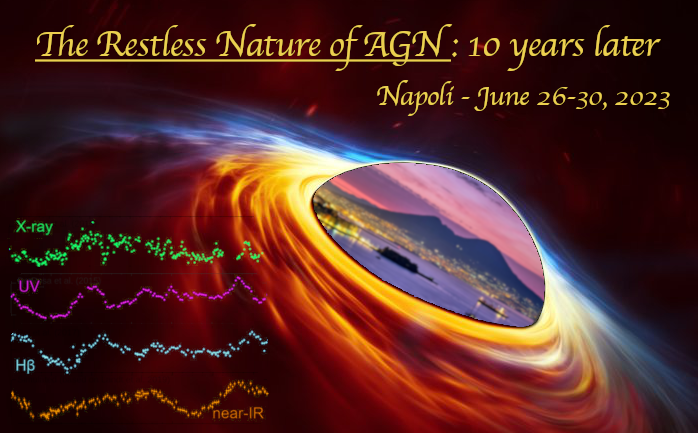Speaker
Description
Current wide-field quasar surveys are not sensitive to low-luminosity active galactic nuclei (AGN), due to both flux limit and color selection effects. The absence of such objects will bias our understanding of AGN evolution, and limit the ability to distinguish between various models of the origin and seed evolution of supermassive black holes (SMBHs). Variability is an ubiquitous signature of AGN activity and has shown to be a powerful tool in finding low-luminosity AGN in high-redshift galaxy population. Previous studies on AGN variability are limited to low redshift bright sources, and they do not go deep enough to discover the faint, high redshift population. Near infrared variability traces the rest frame UV-optical regime of AGN at high redshift. JWST NIRCam surveys provide high spatial resolution, unprecedented depth and additional cadence suitable for time-lag studies. We conduct a research study to search for variable sources in the deep field areas that have been observed both in JWST Cycle-1 and in previous HST surveys, looking for faint, high-redshift AGN candidates. We catalog the near infrared variable sources from both datasets, identify AGN based on both catalog matching and image subtraction. Our preliminary result is able to recover known AGN and we expect to find ~100 faint variable AGNs (m<27) at z=6 combining all deep field data. This will be the first variability selected faint high-redshift AGN sample. It will provide independent measurements of the faint end of AGN luminosity function, and pave the way for characterizing the evolution of SMBH accretion activities by studying their variability over wide range of redshift using future multiepoch JWST data.

